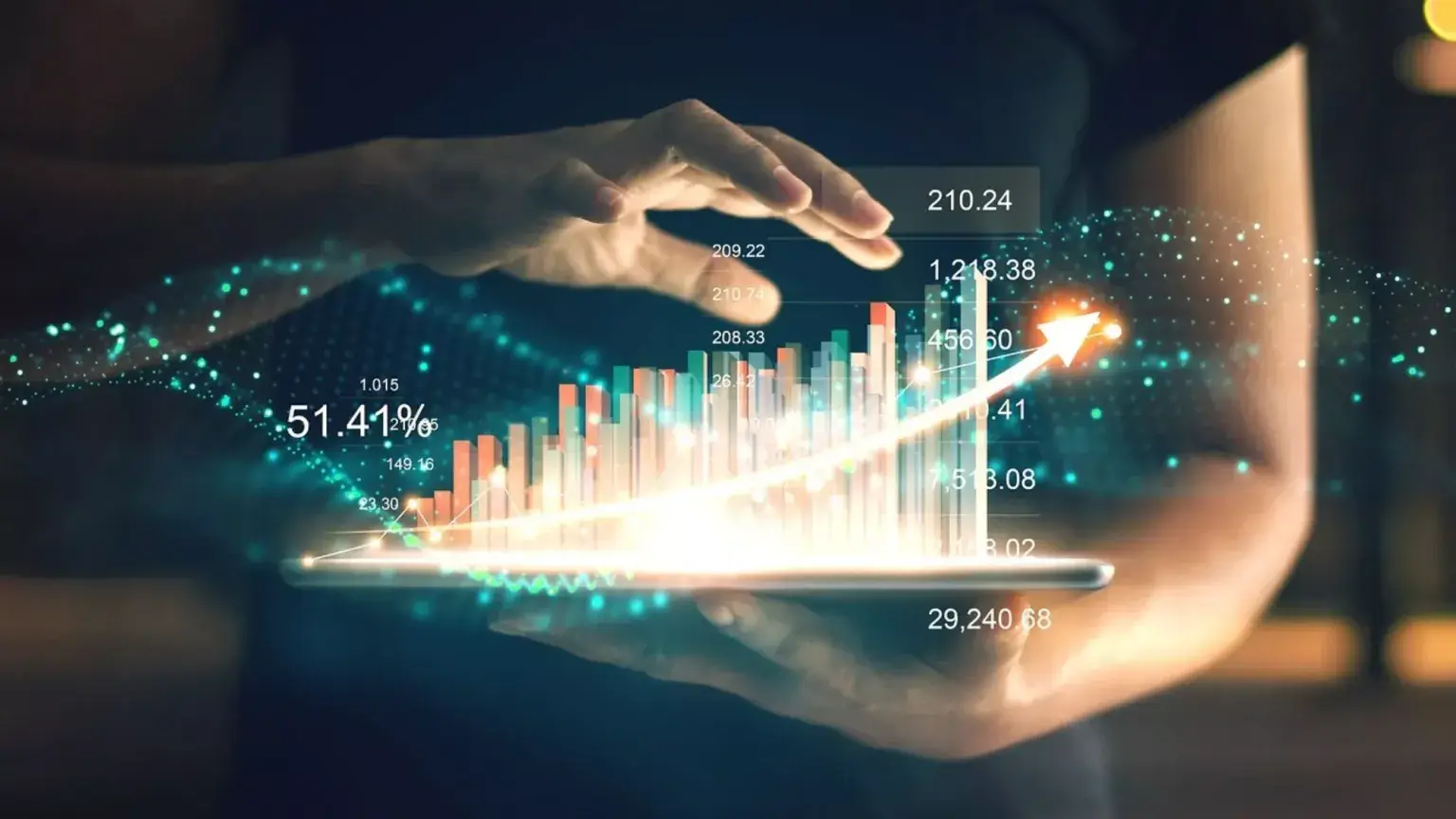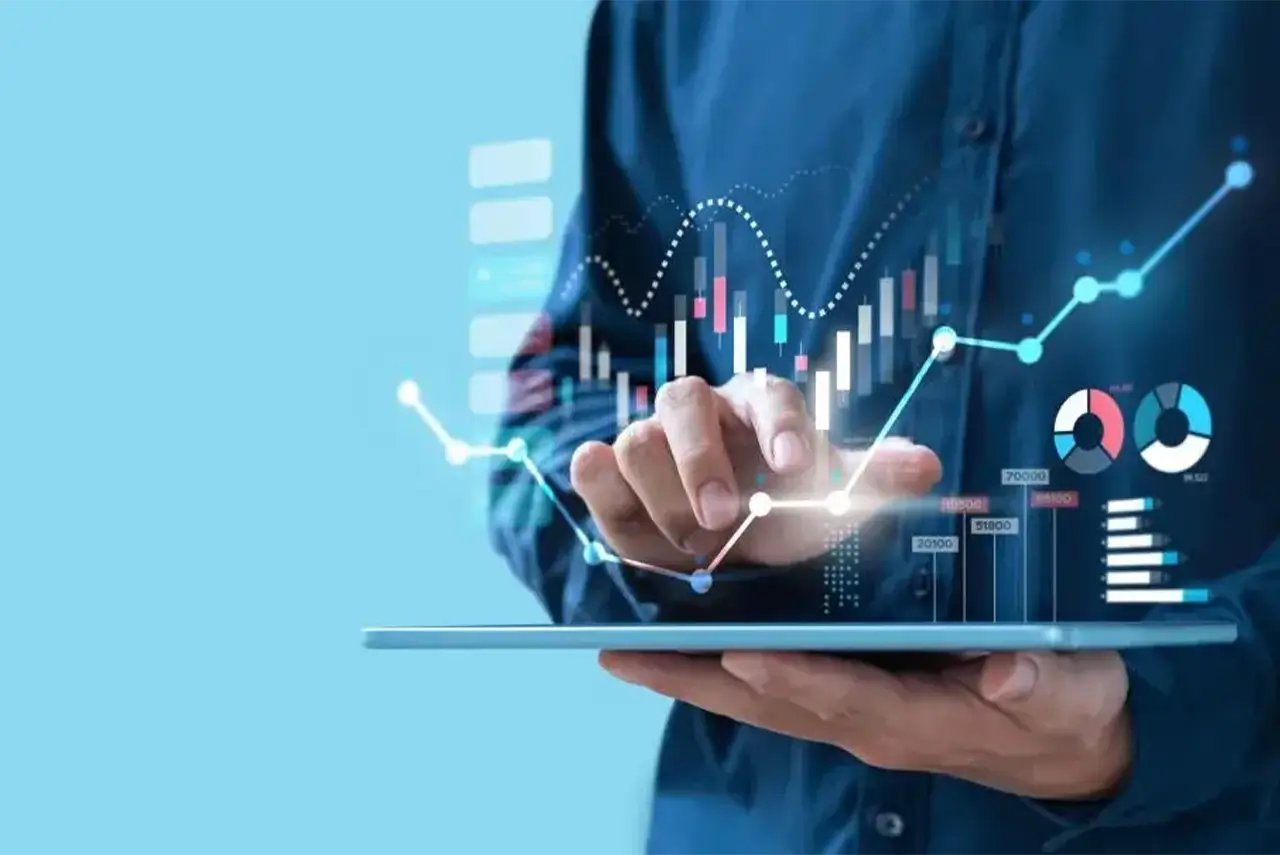
Introduction
The online retail market is big today; it is also big in terms of the data pool it creates. Millions of consumers shop online and leave a data trail behind that can potentially provide retailers with the contextual insights they need to craft better consumer experiences and customer journeys.
With the advent of cloud-based SaaS that provides retailers with predictive analytics and forecasting capabilities, it has become simpler to fill the data gaps while ensuring compliance with relevant regulations like the GDPR.
It isn’t surprising that the market for data predictive analytics in retail is expected to grow at a compounded annual growth rate of 23.40% during the forecast period 2022-2027. The retail industry is increasingly realizing the gifts vested in AI and predictive analytics.
It has tremendous advantages for the retail industry, primarily because it is a D2C ecosystem that generates consumer data with rich insight into their buying habits.
You may already be familiar with some notable retailers that benefit from using Big Data, like Amazon. The giant online retailer is known for its high-accuracy product recommendations, driven by advanced AI algorithms that analyze consumer shopping patterns to generate cross-selling and upselling options.
Let’s take a look at more ways that AI and predictive analytics are transforming the retail landscape.
A deeper study of the demand and supply dynamics is essential for retailers to bridge the gap between sales and inventory.
There needs to be a two-way mechanism for retailers to keep their supplies resonating with the demand for both kinds of the market – whether high demand or low demand.
Retailers must ensure that their inventory keeps circulating and replenishing; they must also ensure to keep it stocked for high sale periods.
AI predictive modeling has helped countless retailers maintain profitability through analyzing historical trends and keeping their inventories stocked optimally beforehand in anticipation of the predicted demand.
Gone are the days of keeping inventories full and warehouses stocked up to the limit. The current market is flush with choices for consumers, and the trends are volatile.
Products in high demand today may end up ignored a week later. Additionally, there are products with peaking demands with respect to a timeline. The excess inventory adds to losses in sales and holding costs for the retailers.
These can easily be avoided through AI and predictive analytics for managing inventory and storage. By predicting demand through analysis of current sale trends and inventory status, retailers can optimize their stock levels and reduce expenses.
Nobody saw the pandemic coming. Supply chains were disrupted, the world was shut down, and businesses slipped away from the charts.
Pandemics aren’t the only contingency that retailers need to plan for. Leveraging the capabilities of predictive analytics and forecasting helps retailers put together a big picture for the immediate future.
This encompasses the health of the supply chain and the natural or socio-economic factors that could potentially impact it. It also includes the inventory that needs to be stocked up, the pricing that would sustain the business during this contingency, the costs of holding, etc.
Google says 90% of marketing professionals agree that personalization adds to business profitability.
How can retailers personalize their shoppers’ experiences? By sifting consumer data and arriving at insights that help enrich their shopping experience with relevant and meaningful touchpoints.
Leveraging AI predictive modeling helps retailers proactively recommend products and personalize shopping experiences. For returning customers, these predictive models can analyze the shopping history and offer personalized suggestions to improve their experience.
For example, for a returning customer who shopped for a tissue box one month ago, the AI engine can recommend adding the same product as “Buy Again” during checkout.
Product pricing has always remained an elusive task for retailers. The tradition has been to sell products at MRP and wait for big sales periods (Black Friday, Cyber Monday, etc.) to drop prices drastically. However, doing this causes retailers to lose out on advance sales and high sales volumes.
AI and predictive analytics assess the sales and purchase trends in comparison to highlight the periods of shopping surge. This helps retailers hold on to the sale-time shoppers beforehand, during, and even after the sale is over by placing personalized offers, discounts, and deals in their baskets.
A sale can only be as successful as its marketing. In this fast-paced retail world, traditional marketing methods aren’t going to get retailers noticed.
By leveraging the power of predictive analytics in retail, marketers can understand the channels and platforms their target audience frequents.
For example, right before festivals, there is a surge in social media surfing – this is when consumers are looking to shop for gifts. Such trends get identified through AI engines, and they help marketers launch targeted marketing campaigns to generate more leads. This helps them increase sales.
“Trends” is an umbrella term and can encompass many things. Shopping trends, sales trends, popular products, popular electronics, etc., are all trends in the retail industry.
Retailers keep stock of a variety of products, and to ensure that their inventories keep rolling, they need to understand these trends and act on them.
Trend prediction through AI and predictive analytics is a game-changer for retailers when it comes to budgeting and inventory. It gives them the insight they need to stock up on a particular brand or to clear out a product through sales and deals.
For example, when Apple releases teasers on a new product launch, all the partner retailers get on board with the marketing and plan inventory beforehand, predicting a surge. In another example, retailers predicted high demand for face masks when the lockdown ended and stocked up.
AI predictive modeling isn’t just an accessory to a retailer anymore; it is a necessity. Retailers need to stay one step ahead of not just their customers but of their competitors and the market as well. To maintain profitability, retailers are utilizing AI and its gifts to transform their businesses.
From creating better consumer experiences to providing personalization, from optimizing inventories to sustaining profitability, predictive analytics in the retail industry has become pivotal for the growth and success of a retail business.

In today's business world, companies are generating massive amounts of...
